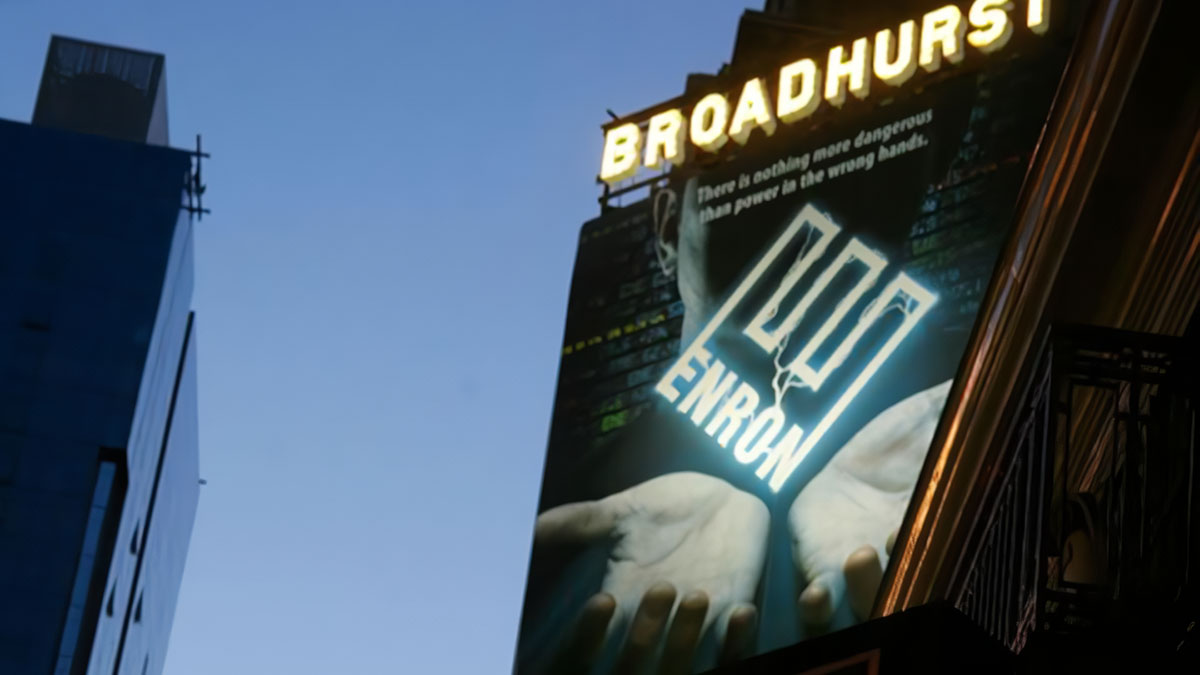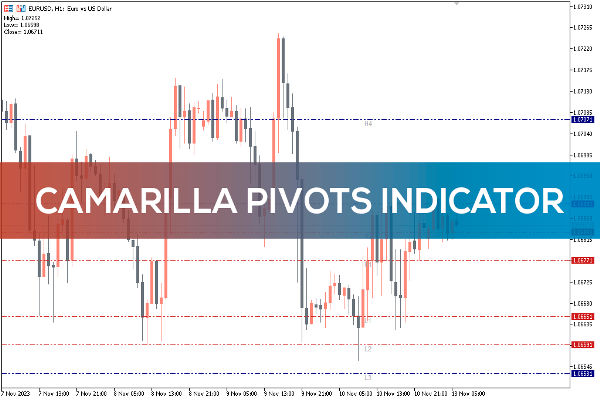In the spring of 1996, a 25-year-old young man stepped into his boss's office
with trepidation, his heartbeat so nervous that it reached his throat. In 30
seconds, he will know his year-end bonus. Because of his good performance, even
though he was a new employee, the company had high expectations, and the
year-end bonus was as high as US$5 million. This young man is Andy.

This story comes from Enron, a company that was named the most innovative
company in the United States for six consecutive years. However, in just three
months, the market value fell from US$60 billion to the edge of bankruptcy. Andy
is the leader of a wolfish team led by three elites. How did he lead an
originally healthy natural gas company to the point of no return and become the
most notorious financial fraud company in the world?
Let’s start with Enron Chairman Kenneth Lay. He has a nickname, "Ken Lao". On
April 15, 1942, Kenneth Lay was born in a small town in Missouri. His family was
not wealthy when he was a child, but he succeeded with his IQ, EQ, and dual
quotient. At the age of 28, he received a doctorate in economics from the
University of Houston, and at the age of 29, he obtained a mid-level military
rank. He worked as a financial analyst for the Navy at the Pentagon. He became
the vice chairman of the Federal Energy Commission at the age of 30. He began to
enter politics at the age of 32 and became the chairman of the Florida Electric
Transportation Company at the age of 39.
In 1985, Ken Sr. brokered the merger of
Houston Gas Company and InnerNote to form Enron. Ken Sr. replaced the original
CEO in just three months and became Enron's chairman and CEO. This shows that
Ken is influential not only in politics but also in business. His relationship
with former US President George W. Bush is even more eye-catching. Enron's early
success was inseparable from Ken's wisdom and political connections.
Enron's management was not known for fraud in the early days of the business,
and in its financial reports from 1985 to 1989, the company's performance showed
normal growth. However, it was discovered internally that two traders had gained
profits through profit fraud and high-leverage speculation. Usually, this kind
of illegal behavior would lead to expulsion, but they got the acquiescence of
senior management and even received rewards. This incident revealed the ambition
of Mr. Ken and unhealthy trends within the company.
In 1990, Mr. Ken recruited his first strongman, Jeffrey Skinling, also known
as Jack. This Harvard Business School MBA graduate became the leader of Enron
Financial Company, responsible for the trading of natural gas commodities. By
establishing a forward trading market for natural gas, Enron quickly developed
into a market maker, and Skinling also began to implement the management
philosophy of the Wolf Team.
Skinlin's Wolf team aims to be efficient and profit-seeking. Through a clear
reward and punishment mechanism, 10% to 15% of employees are fired every year,
and high rewards are given at the same time. This incentive system allowed Enron
employees to earn higher wages than their peers, creating huge revenue for the
company. And Skinling became Enron's CEO.
Under Skinling, Enron's market-making business flourished, expanding from
natural gas to electricity, plastics, steel, and other fields. The annual yield
growth can reach 45%, causing Enron's stock to soar, with a market value of more
than 60 billion US dollars, making it the seventh largest company in the United
States. Skinling successfully built a team of wolves who were hardworking and
capable and used any means to make money for the company, and Enron's employees
also thrived because of the rise in the company's stock.
But behind this success lies the darkness of financial fraud. In the late
1990s, Enron used various means to fabricate income, cover up huge liabilities,
and deceive investors and auditors. The fraud eventually led to the company's
bankruptcy, and Enron became synonymous with financial scandals.
From 1996 to 2001, Enron was named the most innovative company in the United
States by Fortune magazine for six consecutive years. On the surface, it was a
very successful company with huge profits and considerable returns for
investors. All this is just the tip of the iceberg, but the operations behind
Enron are quite complex. When searching for the truth about Enron, we need to go
under the water and see what this company really was like.
In 1990, Jack joined Enron and quickly recruited another master, Andrew
Fisher, also known as Elite No. 3, commonly known as Xiao An. Xiaoan is an MBA
graduate from Northwestern University, proficient in finance and accounting, and
soon became the CFO of Enron. The reason why Enron is so prosperous is because
of Xiaoan's financial methods.
In 1991, Enron's Big Three team was initially formed and began to adopt a new
accounting method called "mark-to-market" or "market-to-market adjustment." This
method is fine in theory, but it is not very suitable for industrial companies.
Enron's mark-to-market approach relied on the future value of contracts, which
could be calculated based on a specific model. In 1992, the SEC (Securities
Regulatory Commission) approved Enron's use of market value valuation, providing
them with a powerful tool to modify their books.
On this basis, the Enron team began large-scale operations, especially
Xiaoan's transfer of Enron's liabilities and losses to these companies by
establishing some special purpose entities (SPEs). By mortgaging Enron stock,
Xiao An obtained funds, which he then used to purchase Enron's assets,
converting liabilities into equity and thereby increasing profits. Although
complex, this approach did make Enron's financial position look healthier.
This financial method has a fatal flaw: it can increase profits in the short
term, but in the long term, expired contracts and liabilities still need to be
paid off. The Enron team found that when stock prices plummeted, their
operations became unsustainable. To maintain high stock prices, they engage in a
variety of peripheral efforts, including lobbying for political connections,
shaping media images, and influencing analysts and auditing firms.
In 2000, in order to solve financial problems, the Enron team discovered
opportunities in the California electricity market. By manipulating market
prices, they monopolized the California electricity market and were able to
cause blackouts when needed, causing electricity prices to soar and profit. That
pushed Enron's trading unit's revenue to an eye-popping $48.4 billion in the
first quarter of 2001, giving the company some breathing room.
Of course, all this success also laid the foundation for destruction. Enron's
financial fraud was eventually exposed, raising questions from the public and
investors.
On December 2, 2001, Enron officially applied for bankruptcy protection with
the bankruptcy court. The assets listed in the bankruptcy list reached US$49.8
billion, making it the largest bankrupt company in U.S. history.
Wolf King Jack announced his resignation as CEO on August 14, 2001, trying to
get out before Enron went bankrupt. The stock price plummeted, the market lost
confidence, and the capital chain was broken. Enron eventually declared
bankruptcy, and 20,000 employees lost their jobs.
Faced with the crisis of bankruptcy, Enron began to blame each other. The
executives tried to shift the blame to Xiao An, but Xiao An chose to come
forward as a tainted witness to expose the Wolves' crimes. In 2006, Xiao An was
sentenced to ten years in prison but was released early in 2011. Since then, he
has been committed to the cause of financial anti-fraud.
In 2001, Ken Lao of the Wolves died of a heart attack before facing a maximum
sentence of 45 years in prison. Jack was sentenced to 24 years and 4 months in
prison. In 2013, his sentence was reduced by 10 years, and he was released from
prison in 2019. After being released from prison, Jack tried to rebuild his
natural gas company.
Arthur Andersen's accounting license was revoked for deleting documents,
resulting in 85,000 employees losing their jobs. The former auditing giant also
collapsed in the scandal. The whole incident reveals how the Wolves fell into a
trap of their own making and why the Big Five accounting firms became blind in
the face of short-term gain. This is a huge scam. If someone had exposed any
link earlier, this disaster might have been avoided.
Disclaimer: This material is for general information purposes only and is not intended as (and should not be considered to be) financial, investment or other advice on which reliance should be placed. No opinion given in the material constitutes a recommendation by EBC or the author that any particular investment, security, transaction or investment strategy is suitable for any specific person.







